Currant leaves turn yellow in June - what to do?
If the summer resident noticed that currant leaves turn yellow, you need to understand in detail the reasons for what is happening. At each stage of the growing season, this phenomenon can occur for various reasons. Fungal diseases, pests, and care errors can be the culprits of yellowing foliage. In order not to lose the harvest, it is necessary to determine in advance the provoking factors and eliminate them as quickly as possible.
Causes of the appearance of yellowness on the leaves
Often the reason for the yellowing of currant leaves in spring is a lack of nutrients. During this period, the bushes actively build up their vegetative mass, they may simply lack nutrients. With a nitrogen deficiency, the leaves turn pale green and gradually turn yellow. Lack of potassium can also lead to a change in their color.
Insufficient watering can contribute to the appearance of yellowness. Lack of moisture and nutrition most often causes a change in leaf color in May.
The same problem can arise in rainy summers when nutrients are simply washed out of the topsoil.
If the leaves on black or red currants suddenly turn yellow in June, most likely the reason is a pest attack:
- gall aphid;
- glass cases;
- spider mite.
Harmful insects begin to show themselves especially actively in hot weather in summer.
Various fungal diseases can also lead to a change in the color of the foliage to yellow:
- spheroteka (powdery mildew);
- anthracnose;
- spotting;
- rust.
If any disease has passed into the active stage or pest control is not being carried out, branches with berries completely dry out on the currants. Severe drought can lead to the same result. Old bushes (over 15 years old) can turn yellow due to age, such plants need anti-aging pruning.
Correct watering and feeding
Currants, especially black currants, tolerate drought well. But still, in the absence of rain, it must be watered. When watering, the soil should be soaked to a depth of 40-60 cm.
Excess moisture is also dangerous, it can lead to rotting of the root system. The roots of red currants absolutely do not tolerate waterlogging and stagnant water, therefore, when planting, it needs to be drained.
They think about providing the plant with nutrition even at the planting stage. Poor soils must be fertilized with organic matter or mineral complexes.
If the young leaves become pale and begin to turn yellow in the area of the veins, it means that they do not have enough nitrogen fertilizers. In this case, you can feed the currants with urea or ammonium nitrate (15 g per 10 l of water). The same amount of granules can be poured dry under the bush.
Lack of potassium is diagnosed by the appearance of a yellow border on the leaves and eliminated by feeding potassium magnesium. The rate of potash fertilization for young seedlings is 30 g per year. From an excessive amount of potassium, phosphorus and peat, currant bushes can also turn yellow, therefore, exact adherence to the dosage is necessary when applying dressings.
Pest control
The attack of pests on currants, in addition to yellowing of the leaves, causes other symptoms. It is necessary to start fighting parasites after an accurate diagnosis, since different means may be required to destroy them.
Gall aphid
The pest betrays its presence by the appearance of reddish swellings on the upper side of the leaves. By forming galls, currants heal themselves from the bites of small insects.Only with a strong lesion do the leaves dry, turn yellow and fall off.
Aphids parasitize on currants until mid-July, then migrate to other plants, and in autumn they return to the shoots of the bush, where they hibernate.
At the first sign of pest damage, it is necessary to treat the bushes with one of the suitable insecticides. This could be:
- Tanrek;
- "Aktara";
- "Spark".
Before spraying, carefully read the instructions for the product. The bushes continue to be periodically processed during the period while the butterflies fly over the currants.
Currant glass
Glassy larvae are difficult to see in the early stages of infection. Usually the pest itself is not visible. Symptoms are manifested by the fact that the tops of the shoots, along with the leaves, begin to turn yellow and dry. In this case, it is recommended to make a cut on the branch. If there is a hollow middle with black walls inside, it means that glass caterpillars have settled there.
If you do not fight the pest, it will continue to make moves in the shoots until it reaches the soil level. Treatment consists of pruning all affected branches and thoroughly digging up the soil in spring and autumn.
There are no effective drugs against glassy larvae, since they lead a hidden lifestyle. You can kill butterflies during the summer with such insecticides as:
- "Fufanon";
- "Kemifos";
- "Karbofos";
- "Spark";
- "Kinmix".
To scare away moths, herbs and strong-smelling plants can be planted nearby. Some summer residents place boxes of sand soaked in kerosene next to the currant bushes.
Spider mite
The spider mite belongs to the order of sucking arthropods. By depriving the plant of juices, the pest significantly weakens the bush. You can find a tick by the presence of a thin light web.
If the infection has occurred recently, you can get rid of the pests by watering the bush abundantly several times a day. You can make it difficult to pierce the sheet plate by spraying the currants with soapy water (100 g of soap shavings per 10 liters of water).
In extreme cases, when other measures have proved ineffective, acaricides are used to kill the tick:
- "Karbofos";
- Fitoverm;
- Actellik;
- "Neoron";
- "Fufanon".
Each of these drugs has its own characteristics of use, which are reflected in the instructions. As a rule, not 1, but 2–3 treatments are carried out with an interval of 7–10 days.
Treatment of diseases
Compliance with agricultural techniques primarily involves the correct planting of currants. It is necessary to maintain an interval of 1.5 m or more between the bushes so that the plants have enough sunlight and they are well ventilated.
If these conditions are not observed, the risk of fungal diseases in currants increases. Lack of timely pruning, humid and warm weather also contributes to the incidence. Spores of fungi can get to the site through the air, along with pests, raindrops.
At the initial stage of the disease, the fungus affects only the leaves. In advanced cases, young shoots, as well as red and black currant berries, suffer. The fruits become smaller, dry, stop developing. Shoots stop growing.
The earlier the treatment of fungal diseases is started, the greater the chances of preserving the crop. In order for the leaves to turn green again, it is necessary to treat the bushes with fungicides or folk remedies. Pre-cut off parts of the shoots on which there is a strong defeat.
For the treatment of fungal diseases on currants, drugs have proven themselves well:
- Fitosporin;
- Oxyhom;
- "Strobe";
- Alirin-B;
- "Topaz".
For prophylaxis, in spring and autumn, currants are sprayed with 1% Bordeaux liquid or 1% copper sulfate solution. Processing should be carried out in dry cloudy weather or early in the morning. The working solution is used immediately after preparation.
In the initial stages of the disease, folk remedies can help:
- Laundry soap solution. Treatment with soapy water helps to get rid of currants from spheroteka and rust. A composition is prepared from 10 liters of water and 100 g of soap shavings. After preparing the solution, the leaves are abundantly moistened with it.
- Infusion of tomato tops. The agent has a detrimental effect on fungal spores and also has a good effect against aphids. To prepare the infusion, half the volume of the bucket is filled with raw materials, then water is poured. After 5 days, the product is ready to use. It is filtered, diluted in half with water. Now it remains only to water the bushes themselves and the ground under them.
- Milk serum. The tool not only has an antifungal effect, but is also a kind of fertilizer for plants. Before use, the product is diluted with water in equal amounts. Then the shrub is sprayed, and the rest of the solution is poured under the root.
The advantage of folk remedies is their environmental friendliness. The effect does not appear immediately. Treatments are carried out twice a week until a visible effect is obtained.
If you adhere to all the recommendations for growing currants, how to take care of the plantings, keep them in good sanitary condition, then the gardener will not have to face the problem of yellowing of the leaves. If a defect occurs, you can restore the normal state of the shrub, but first you need to accurately identify what led to a change in the color of the foliage.
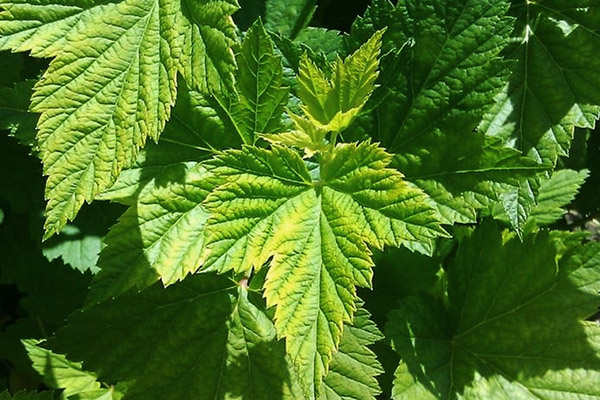
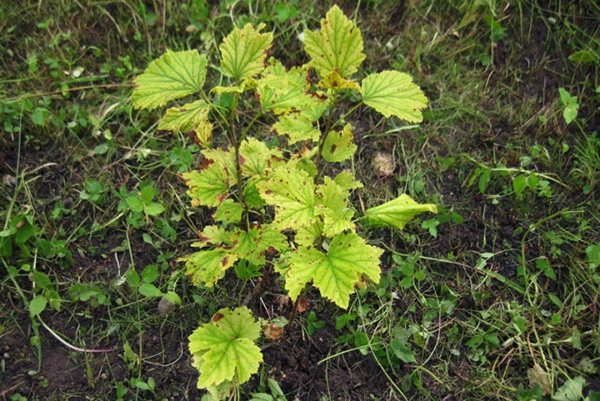
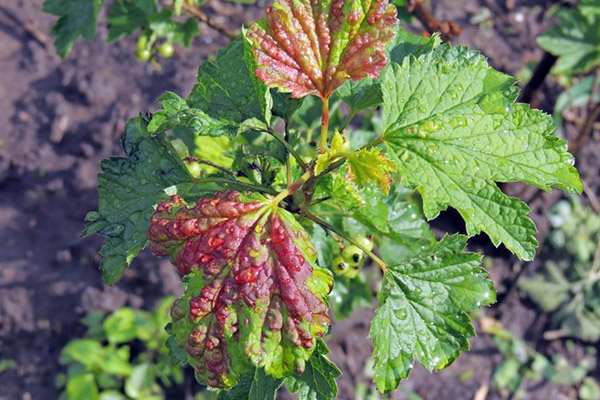
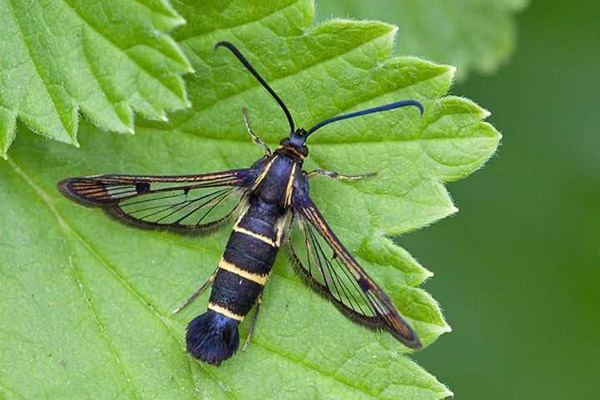
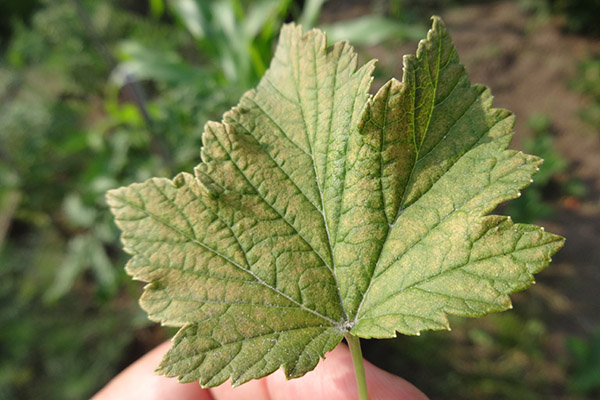
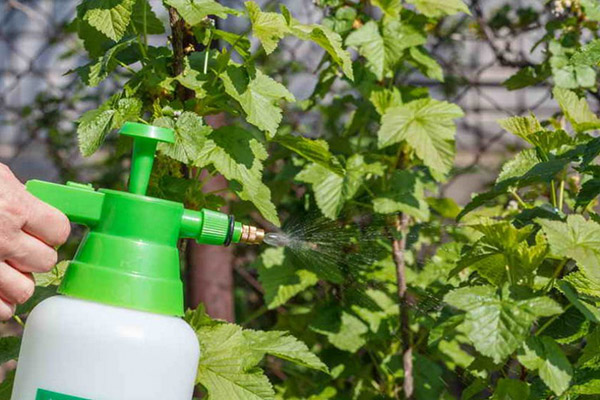
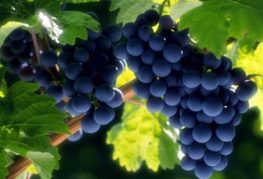
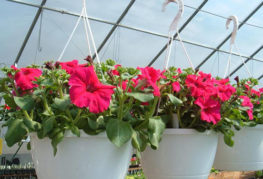
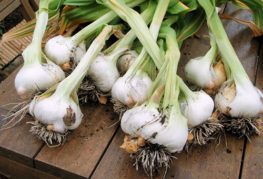

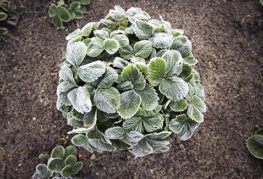
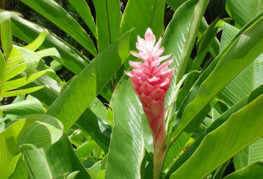
and will be published shortly.